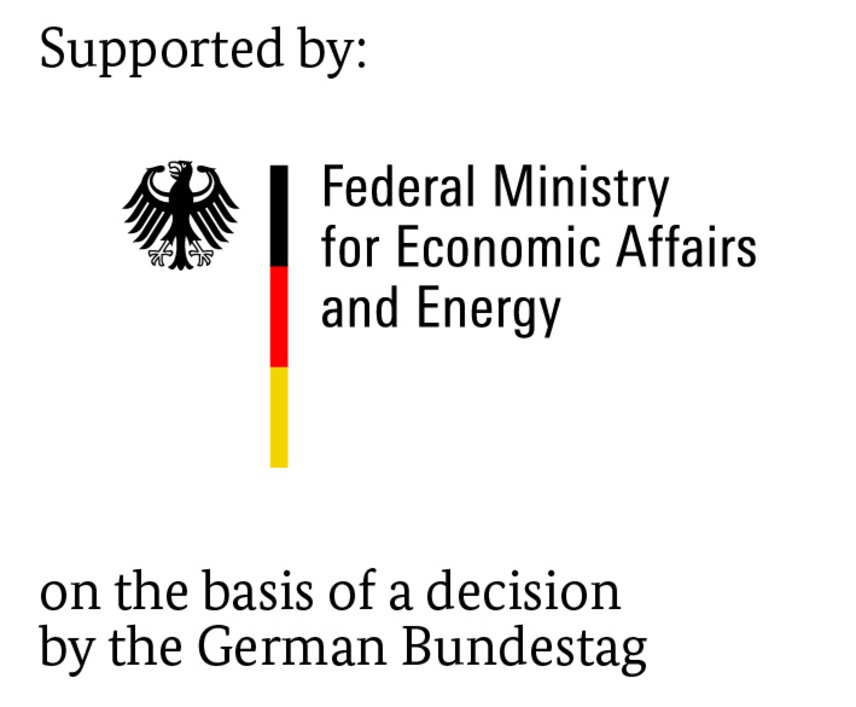Concrete construction is increasingly applied in the inner city, e.g. for roundabouts and bus lanes. The air-entrained concrete is produced in the ready-mixed concrete works, is then driven with a truck mixer to the construction site and finally placed into the construction site. The consistency necessary for the placing is reached with the addition of superplasticiser (SP).
Another application field of air-entrained concrete with SP is the hydraulic engineering. Recently serious issues related to segregated concrete were reported. Interactions between air-entrained concretes and SP and variations in water content and temperature in practice increase the risk that air-void formation and the stability of fresh concrete will be impaired. Air contents, however, may vary uncontrolled and requirements for air-void characteristics will not be met. Reasons for this may be the reactivation of air-entraining agents (AEA) in the truck mixer during the transport or an inconsistent order of addition of AEA and SP. By means of prior testing and taking into account conditions in practice, malfunctions may early be recognized.
Until now for the combined use of AEA and SP no recommendation for an advanced initial testing has existed. Hence, the correlations between mixing time, active agent, addition quantity and addition order and time of addition of AEA and SP on the air-void formation in the fresh and hardened concrete were tested. In this respect also influences of variations in practice (temperature, water content) were taken into account. As result a procedural instruction for an advanced intial testing was formulated and the transferability onto conditions in practice was assessed. The knowledge of these correlations protects the customers (ready-mixed concrete plants, construction companies, manufacturers of building components) from misuses (caused by low strength due to an excessive air content, lacking frost de-icer resistance by insufficient air void microstructure). As a result durability properties and profitability of constructions are improved.

